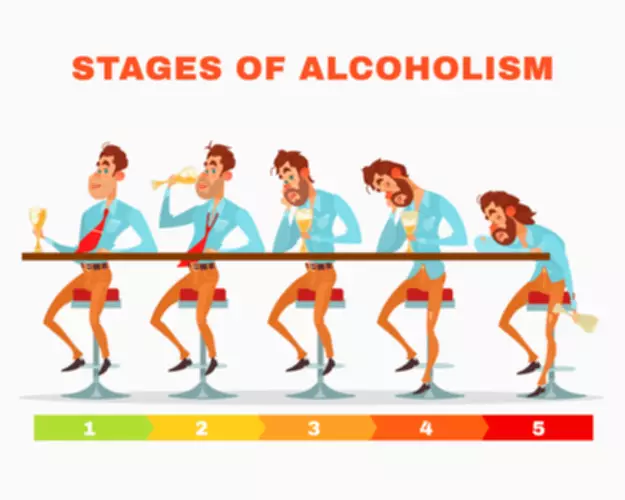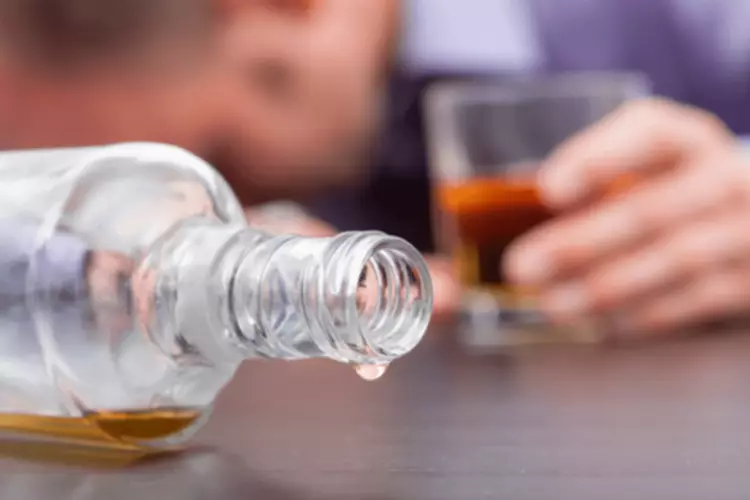Taste of beer, without effect of alcohol, triggers dopamine release in the brain
Content
- Dopamine receptor agonists modulate voluntary alcohol intake independently of individual levels of alcohol intake in rats
- Study population
- Dopamine’s Phasic-Synaptic Actions
- Alcohol in Your Body
- Recovery and the Brain
- Dopamine receptor deficiency leads to significant brain changes in response to drinking
- Dopamine D2 receptor antagonist—L741,626
- Hypodopaminergic state of the nigrostriatal pathway drives compulsive alcohol use
Finally, each participant underwent two positron emission tomography (PET) brain scan exams after drinking either juice or alcohol (about 3 drinks in 15 minutes). Using a PET scanning compound that targets dopamine receptors in the brain, the researchers were able to assess changes in dopamine levels after the participants tasted the liquids. Individuals with low dopamine levels may experience a loss of motor control, such as that seen in patients with Parkinson’s disease. They can also develop addictions, cravings and compulsions, and a joyless state known as “anhedonia.” Elevated levels of dopamine can cause anxiety and hyperactivity. Even low levels of alcohol can cause a surge of dopamine in the brain, making you feel wonderful – until it drops off as the alcohol digests and you feel worse.

Interestingly, those with the poorest impulse control — who would be considered most at risk of relapse after a period of sobriety — responded best to the treatment. Research alcohol and dopamine is shedding more light on the role dopamine plays in alcohol addiction. Activities such as eating, hugging and exercising can generate dopamine production in the brain.
Dopamine receptor agonists modulate voluntary alcohol intake independently of individual levels of alcohol intake in rats
The same semi-structured questionnaire was used for assessment of the control population as well. The assessments also included liver function tests (LFT) such as serum proteins, albumin, bilirubin, glutamic oxaloacetic transaminase (SGOT) and glutamic pyruvic transaminase (SGPT), gamma-glutamyltransferase (GGT), and mean corpuscular volume (MCV). LFT were estimated on autoanalyser using bio-chemical kits from Boehringer Mannheim kits (Germany). In a retrospective analysis, genetic association of three polymorphisms from DRD2 gene with alcohol dependence was investigated using a case-control approach. Alcohol dependence was determined by DSM-IV criteria and a total of 90 alcoholics and 60 healthy unrelated age-matched control subjects were recruited.
How does alcohol affect dopamine?
Orally administered alcohol similarly activates taste receptors, thereby increasing dopamine release in the NAc. In contrast to food, however, alcohol also can modify the function of dopaminergic neurons more directly by entering the brain.
“We’ve shown before that dopamine levels in humans seems to track information related to regret and relief,” Kishida said. Two of the participants had a history of alcohol use disorder, and two did not. You and I may have equally high levels of dopamine, but our symptoms — and experiences — will be completely different. Some individuals are more sensitive to dopamine than others, which partially explains why some of us are more susceptible to alcohol or drug use disorders. If your dopamine levels are low, you could experience a wide range of issues, such as loss of balance, muscle cramps, low energy, weight change, anxiety, mood swings, a low sex drive, hallucinations, or depression.
Study population
And once you remove that, you can start to eliminate the desire to drink, which can aid in the process of recovery. “This exaggerated reward center stimulation by expectation of alcohol may put the [individuals with family history] at greater risk of alcohol use disorder, and could be a risk factor in itself,” said first author Lawrence Kegeles, MD, PhD, of Columbia University. For the study, researchers recruited 26 healthy social drinkers (18 men, 8 women), 18 to 30 years of age, from the Montreal area. The higher-risk subjects were then identified based on personality traits and having a lower intoxication response to alcohol (they did not feel as drunk despite having drunk the same amount).
- Detox will clear the alcohol from your system, helping your brain to re-achieve balance.
- In the United States of America, alcohol use disorder (AUD) accounts for annual economic losses of ~$250 billion [2] and ~88,000 deaths [3].
- This method allows for examination of dopamine release and its regulation on a subsecond time scale that has seldom been used in NHPs [18,19,20,21,22,23,24].
- After six months, the scientists compared the levels of a different kind of brain receptor known as cannabinoid type 1 (CB1) in various parts of the brain in all four groups.
In view of the paucity of Indian data on genetic polymorphism of alcohol dependence, we aimed to investigate the association of DRD2 gene polymorphisms in alcohol dependent subjects of north Indian origin. UPTON, NY — Many studies have suggested that genetic differences make some individuals more susceptible to the addictive effects of alcohol and other drugs. Department of Energy’s (DOE) Brookhaven National Laboratory provide the first experimental evidence to directly support this idea in a study in mice reported in the October 19, 2010, issue of Alcoholism Clinical Experimental Research. First, the researchers found that foot shock-resistant rats (i.e., those with compulsive-like alcohol use) had lower dopamine levels in the anterior dorsolateral striatum – the main output structure of the nigrostriatal pathway – compared to foot shock-sensitive rats.
Dopamine’s Phasic-Synaptic Actions
Dopamine plays many important roles in the body, affecting moods, memory and sensations of pleasure and pain. It’s the chemical that drives us to seek food, sex and exercise and other activities that are crucial to our well-being and survival. Male and female rhesus macaques (Macaca mulatta; 5.5–8.5 years old at study onset) obtained from the Oregon National Primate Research Center were used in the current studies. All procedures were conducted in accordance with the NIH Guide for the Care and Use of Laboratory Animals and approved by the Oregon National Primate Research Center Institutional Animal Care and Use Committee.

This mechanism may be one reason underlying the wide range of dopamine’s roles in behavior. A large body of evidence indicates that dopamine plays an important role in motivation and reinforcement6 (Wise 1982; Robbins et al. 1989; Di Chiara 1995). These factors include (1) the type of stimuli that activate dopaminergic neurons, (2) the specific brain area(s) affected by dopamine, and (3) the mode of dopaminergic neurotransmission (i.e., whether phasic-synaptic or tonic-nonsynaptic).
Chronic or excessive alcohol consumption is known to affect balance and disrupts normal walking patterns. This is because alcohol can damage parts of the brain responsible for coordination, including the cerebellum. Akin to this, cannabis use can also affect https://ecosoberhouse.com/article/why-is-alcohol-addictive/ coordination and motor skills because THC can interfere with the functioning of specific sections of the brain like the cerebellum and the basal ganglia. One likely reason for the growing public aversion to drinking is the rise of the sober-curious movement.